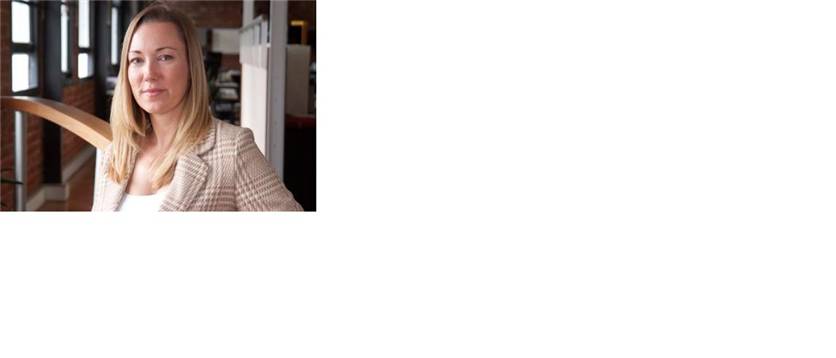Understanding Workforce Engagement
Tuesday May 15, 2012
Up until Friday morning I was not sure what to think of all this talk about engagement. Now after listening to Kari Scrimshaw I’m a believer. There is a serious message in her research that has a direct message to both training executives and line management.
If you are not sure exactly how to measure engagement, Kari’s definition will help you:
"Engagement is a way of measuring the rational and emotional components in our work environment."
For instance it is anticipated that 70% of our work decisions are emotional. We make them emotionally and then try to rationalise them!
Right Management (a company of the Manpower Group) where Kari is Principal Consultant conducted a survey in Australia and New Zealand to measure a number of components related to engagement. The results were in some way predictable in fact, but not so in actual percentages. The facts that were presented showed a comparison between 2012 and the last survey in 2008.
The survey addressed engagement in four categories . . .
satisfaction
pride
commitment
advocacy
What has happened in this four year period?
With the depressed economic times most companies have gone down the traditional path of reverting to cost cutting, and understandably creating uncertain cultures, so predictably the overall measure of engagement has worsened by 14.3%. Components of this metric have shown negative movement in how change is handled, how the immediate manager communicates with the respondent about their career, collaboration between departments, accountability and communication.
Kari highlighted three trends that the survey had revealed:
1. The widening gap between leaders and "doers". A negative movement of 44% between surveys.
2. The anticipated "churn". 30% of people hired in the last two years intend to leave within the next year. This affects a training department where focus remains on "on-boarding" or induction rather than up-skilling, despite or because of this migratory movement there is, in most countries and especially in Australia, a talent shortage.
3. Our aging workforce is going to present some critical and somewhat unique challenges. Many retiring people will be leaving and taking their corporate and industry knowledge with them.
What is the challenge for the training and development industry from Kari’s presentation?
We concluded that the biggest challenge was to change the mindsets of line managers. They needed to become more aware of the expectations of their team members and to work at increasing engagement through better techniques if they are to follow their mandate of improved productivity and efficiencies.
This survey, that we were privileged to get a glimpse on Friday morning, will be launched in July and invitations can be obtained by contacting Kari Scrimshaw at kari.scrimshaw@right.com.

Colin Dawson
Email: colin@bbap.co.nz
